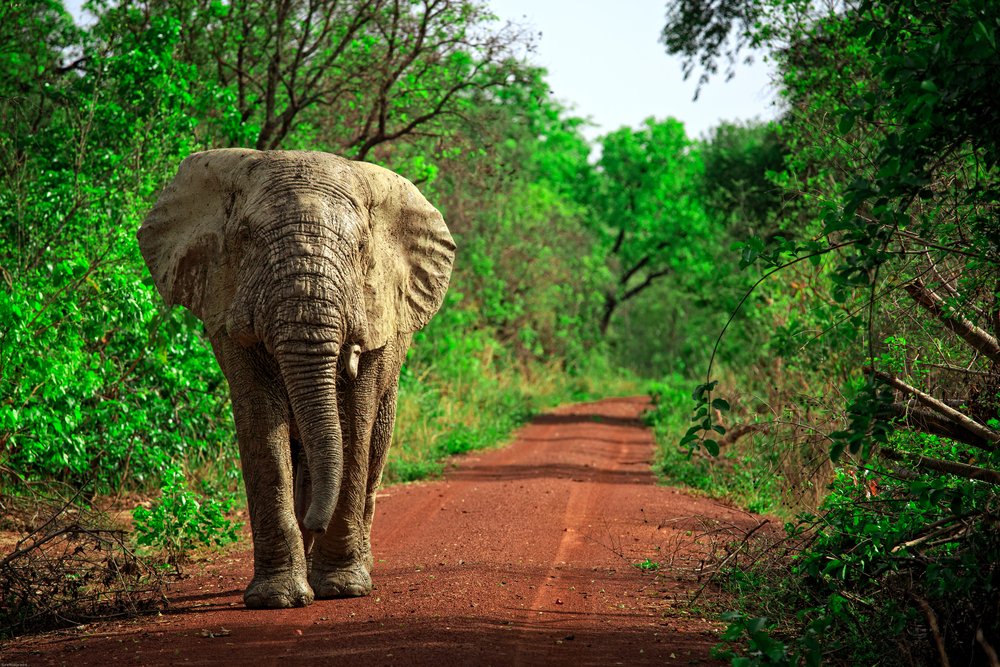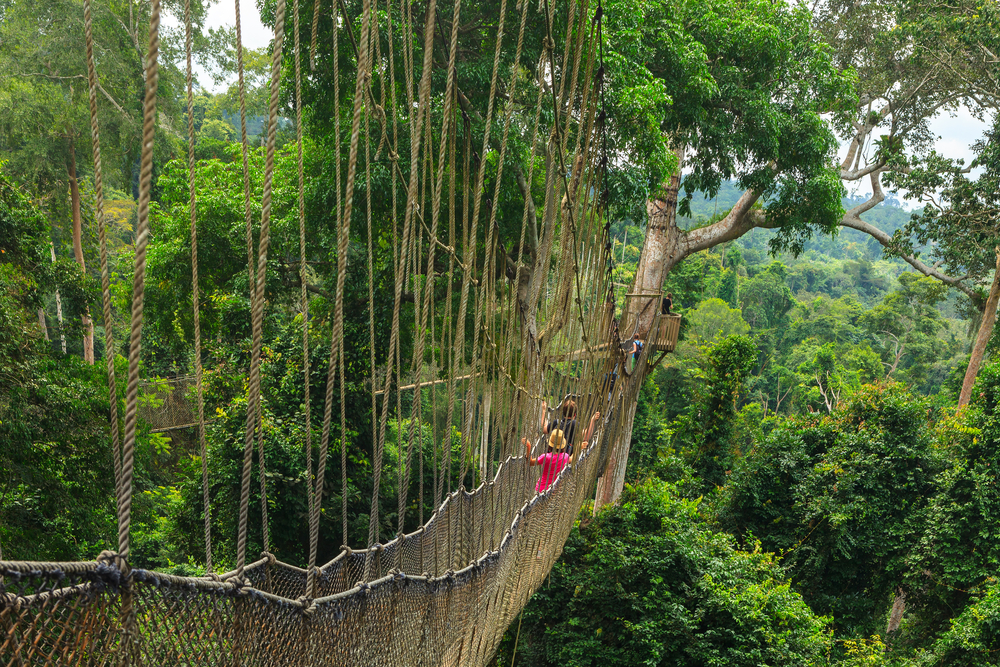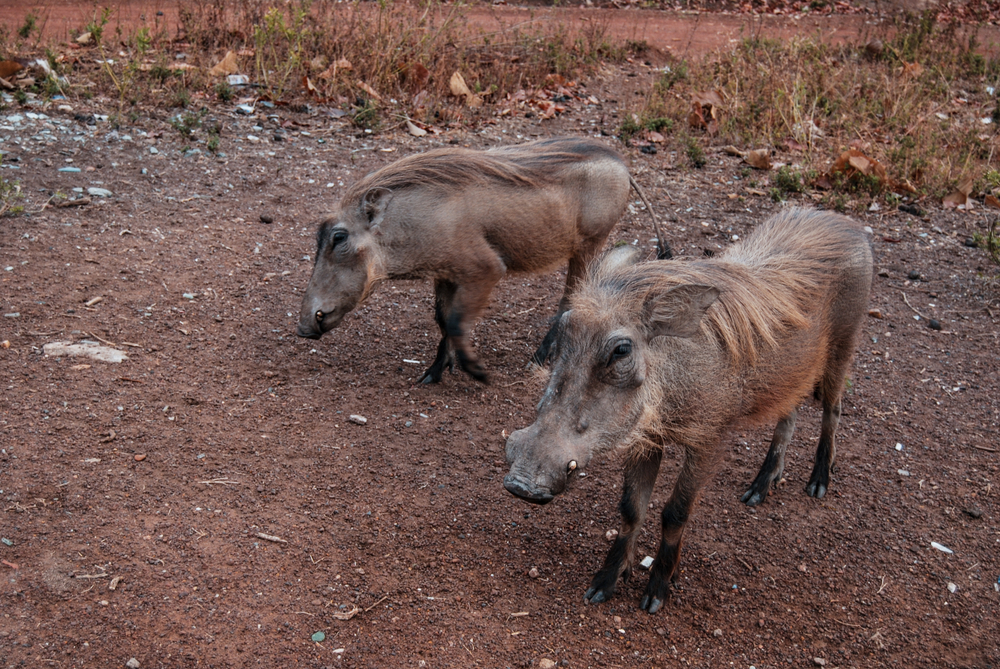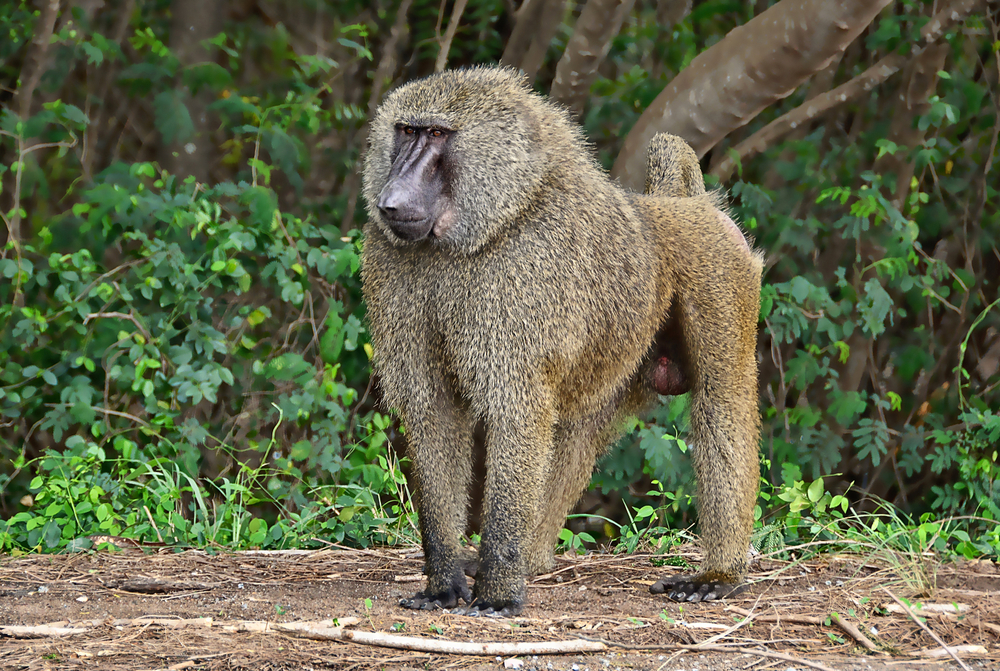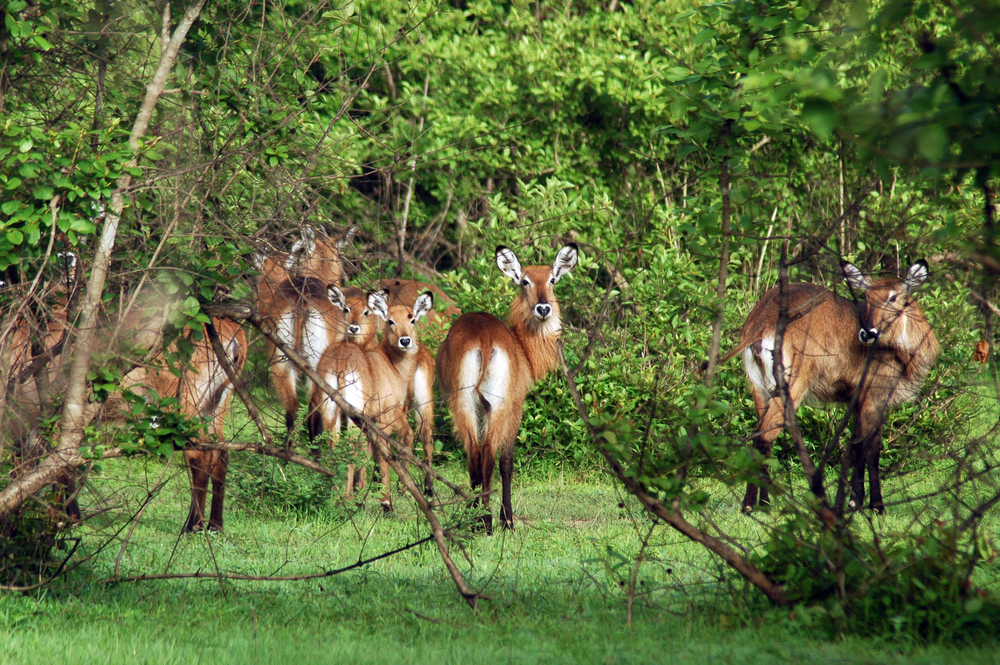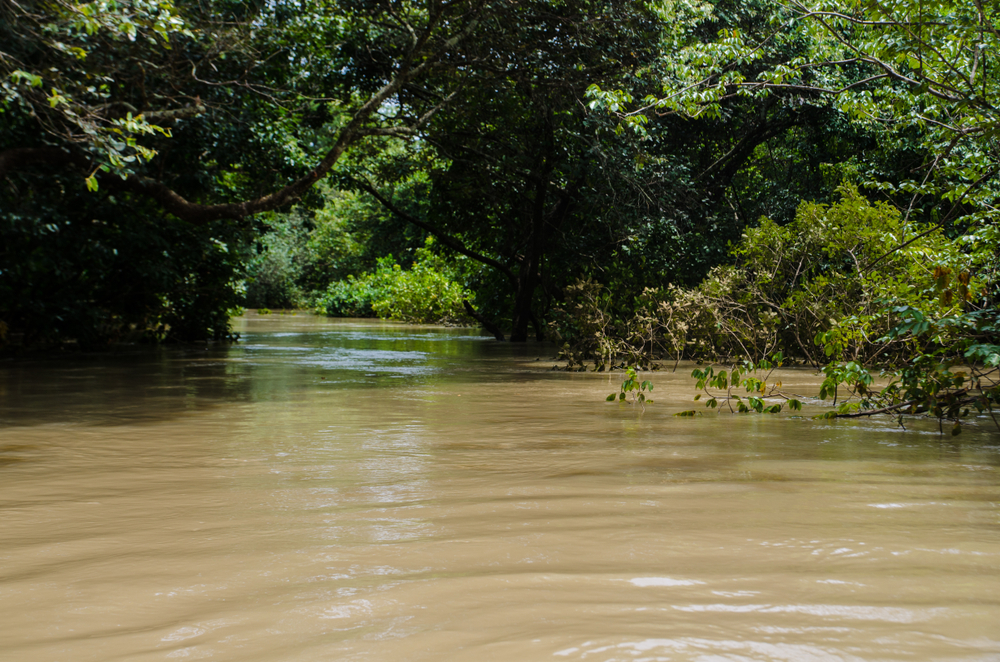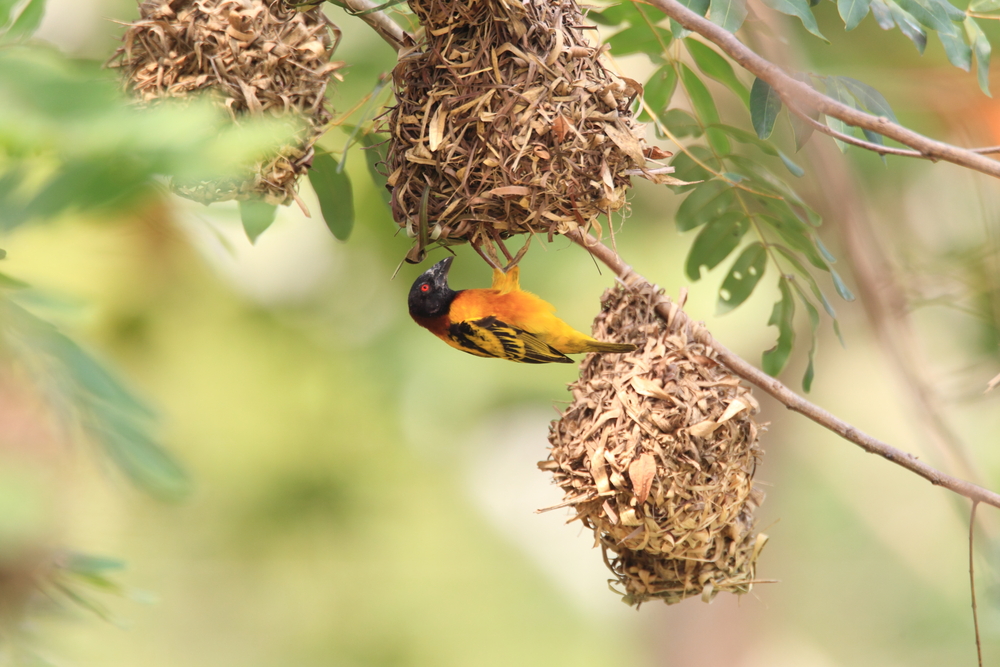Mole Overview
Mole National Park, Ghana’s largest and most renowned wildlife refuge, is situated in the country’s northern region, approximately 170 kilometers west of Tamale, the regional capital. Spanning an impressive area of about 4,840 square kilometers (1,869 square miles), the park was officially established in 1971, although it had been recognized as a game reserve as early as 1958. Mole National Park represents a critical effort to conserve Ghana’s natural heritage and biodiversity, offering a sanctuary for a wide array of wildlife in the heart of the Guinea savannah ecological zone.
The park’s landscape is characterized by rolling plains interspersed with rocky outcrops, riparian woodlands, and gallery forests along the watercourses, creating a diverse habitat that supports an abundance of flora and fauna. Mole is home to significant populations of large mammals, including African elephants, which are perhaps the park’s most famous inhabitants. It also provides a haven for leopards, buffaloes, hippos, and several species of antelopes, such as kob, waterbucks, and hartebeests. Beyond mammals, Mole National Park is a birdwatcher’s paradise, with over 300 recorded bird species, making it an important site for avian biodiversity.
One of the park’s distinguishing features is its accessibility to visitors, offering the unique opportunity to experience wildlife on foot. Guided walking safaris allow visitors to encounter the park’s wildlife up close, in addition to traditional vehicle safaris. The park’s two main waterholes serve as focal points for wildlife viewing, especially during the dry season when animals congregate in large numbers to drink.
Mole National Park not only plays a crucial role in wildlife conservation but also contributes to community development and eco-tourism in northern Ghana. The park’s commitment to preserving the natural environment, combined with its rich wildlife and stunning landscapes, makes it an invaluable asset for conservation efforts and a must-visit destination for nature enthusiasts and adventure seekers alike.
Park Map
Mole National Park Highlights
Engaging Mole National Park
Mole National Park Trails
Related National Parks More Ghana
Sources
- Ghana Wildlife Division, Mole National Park, https://ghanawildlife.org/mole.html, retrieved March 2023.
- Mole National Park, Park Site, https://molenationalpark.org/, retrieved March 2023.
- Visit Ghana, Mole National Park, https://visitghana.com/attractions/mole-national-park-2/, retrieved March 2023.
- UNESCO, Mole National Park, https://whc.unesco.org/en/tentativelists/1391/, retrieved March 2023.








































































